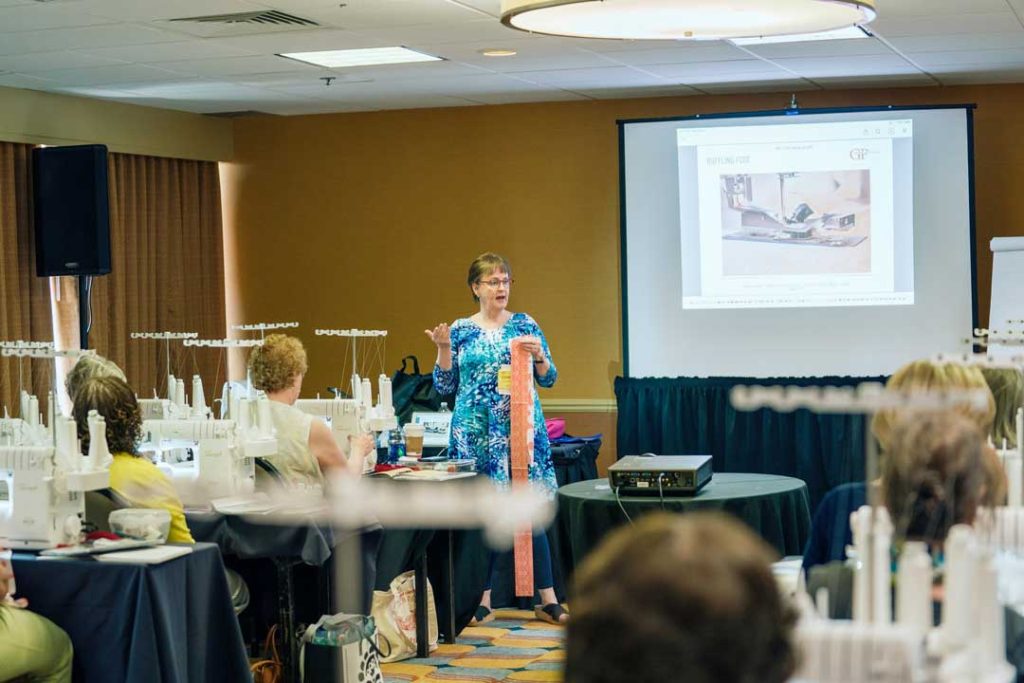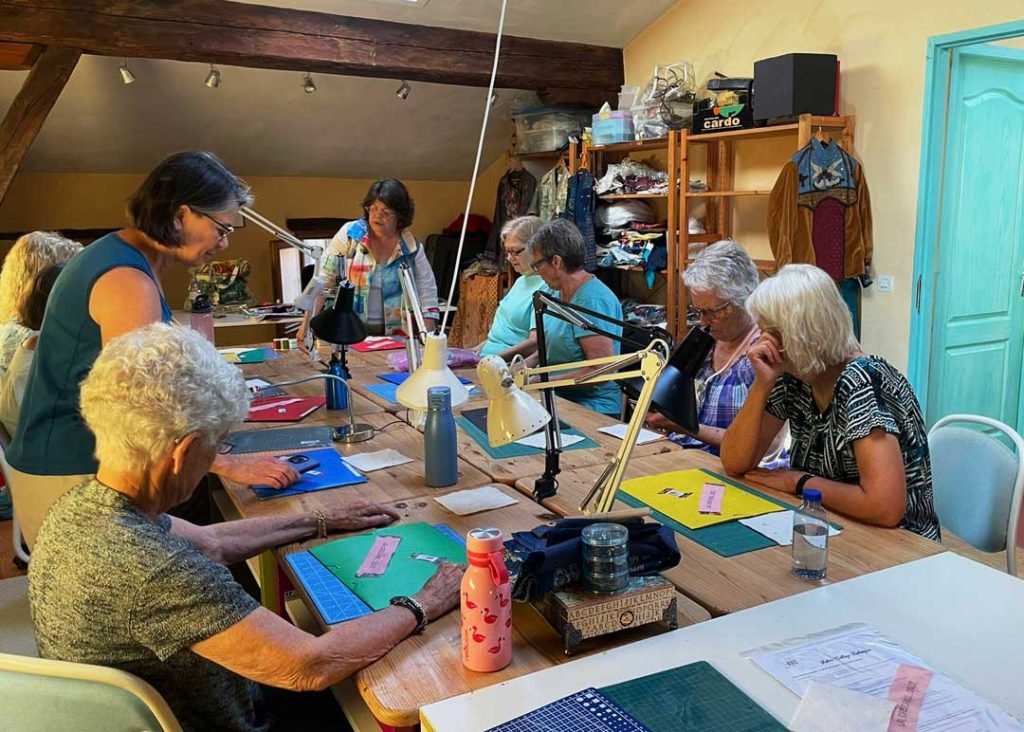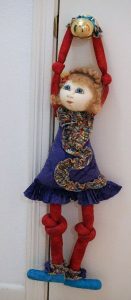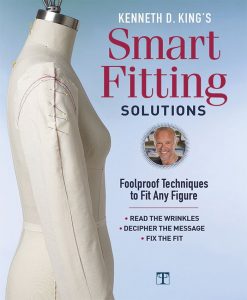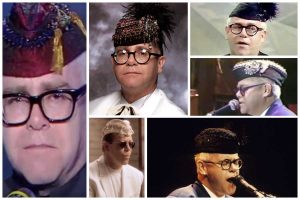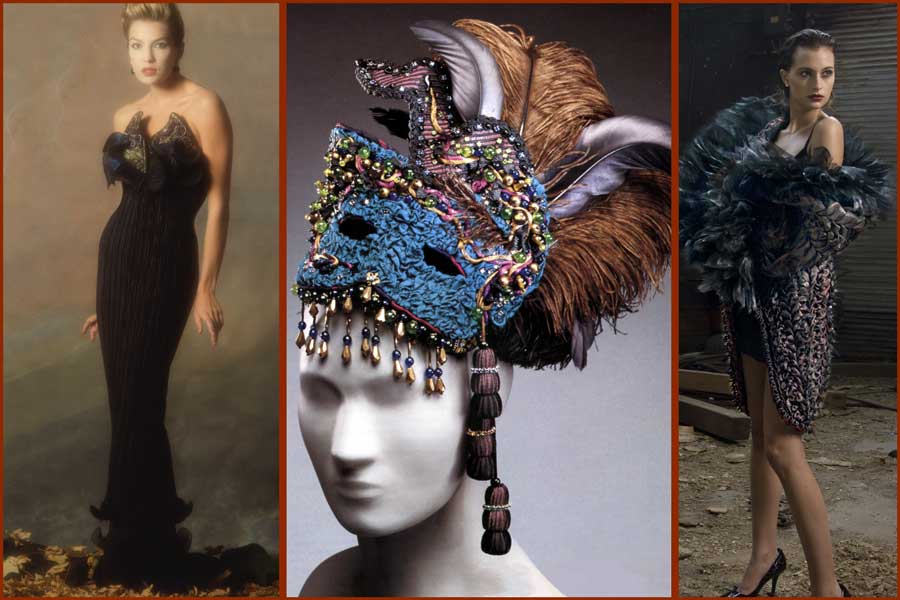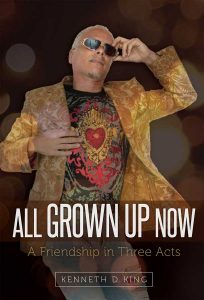Fashion by the Bay
 Dive into a colorful tapestry of creativity as you join other ASG members on the grand stage at this year’s Conference. Whether you’re into everyday chic, athleisure comfort, vintage vibes, upcycled treasures, ethnic flair, lounge wear, or special occasion wear, the spotlight is yours. Let your imagination run wild because there’s no limit to the magic you can create. Garments, quilts, accessories, cosplay, or fiber arts — all projects are welcome. Show us everything you’ve got and let your creativity soar! No previous experience necessary.
Dive into a colorful tapestry of creativity as you join other ASG members on the grand stage at this year’s Conference. Whether you’re into everyday chic, athleisure comfort, vintage vibes, upcycled treasures, ethnic flair, lounge wear, or special occasion wear, the spotlight is yours. Let your imagination run wild because there’s no limit to the magic you can create. Garments, quilts, accessories, cosplay, or fiber arts — all projects are welcome. Show us everything you’ve got and let your creativity soar! No previous experience necessary.
Rules for entries:
- Open to ASG members, 2024 Instructors at the ASG Conference, and 2024 Conference Vendors
- Limit of two (2) items. Use one submission form for each item submitted.
- Please include a photo or drawing of the item. Fabric swatches are not required, but you may include a separate photo of the fabric if desired.
- Include a written commentary of no more than 75 words for each submission.
- Deadline for submissions is June 15, 2024.
If you prefer, you may complete a paper form to mail in.





